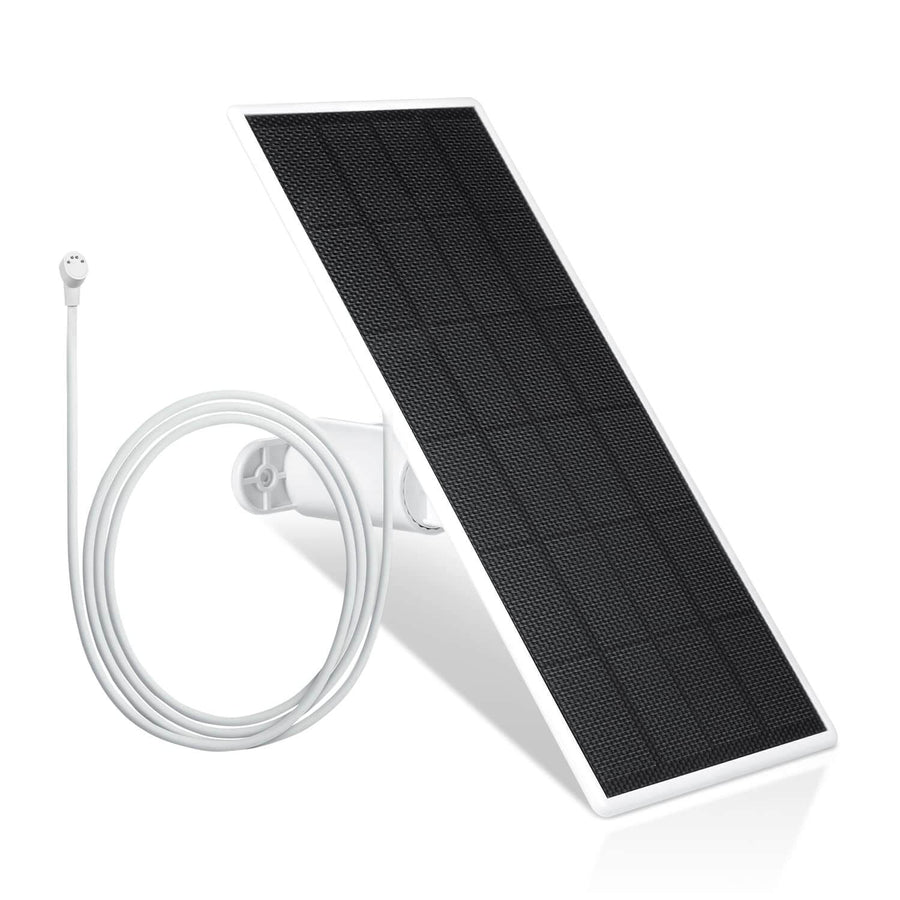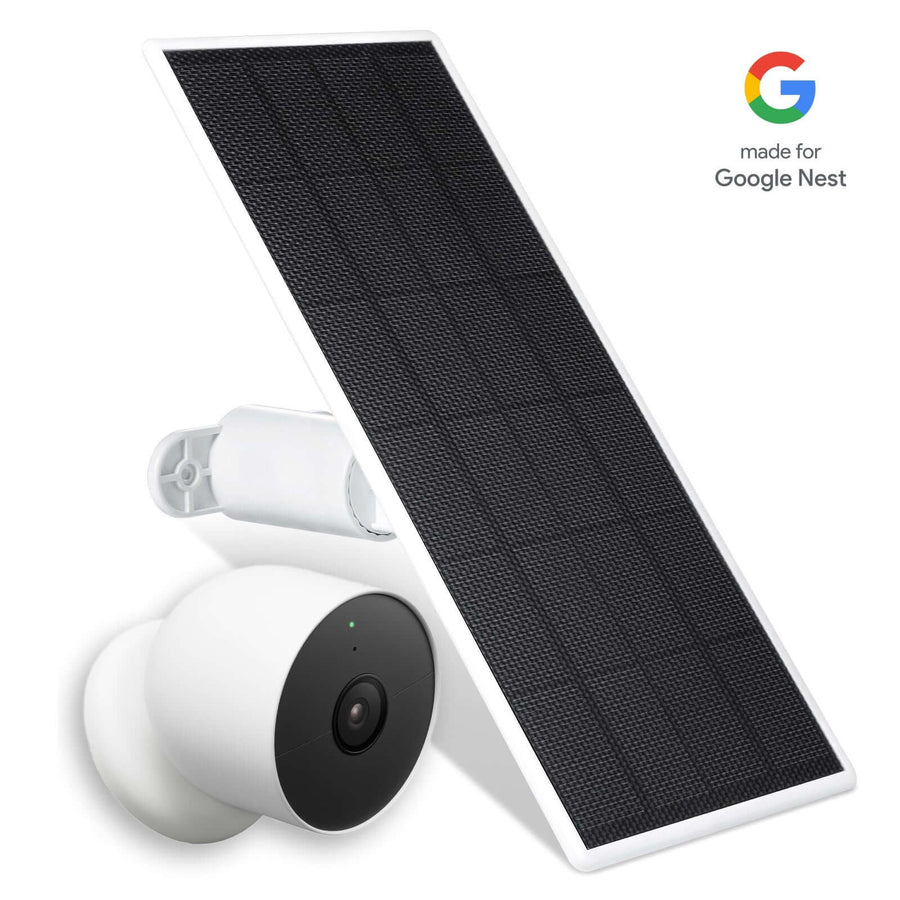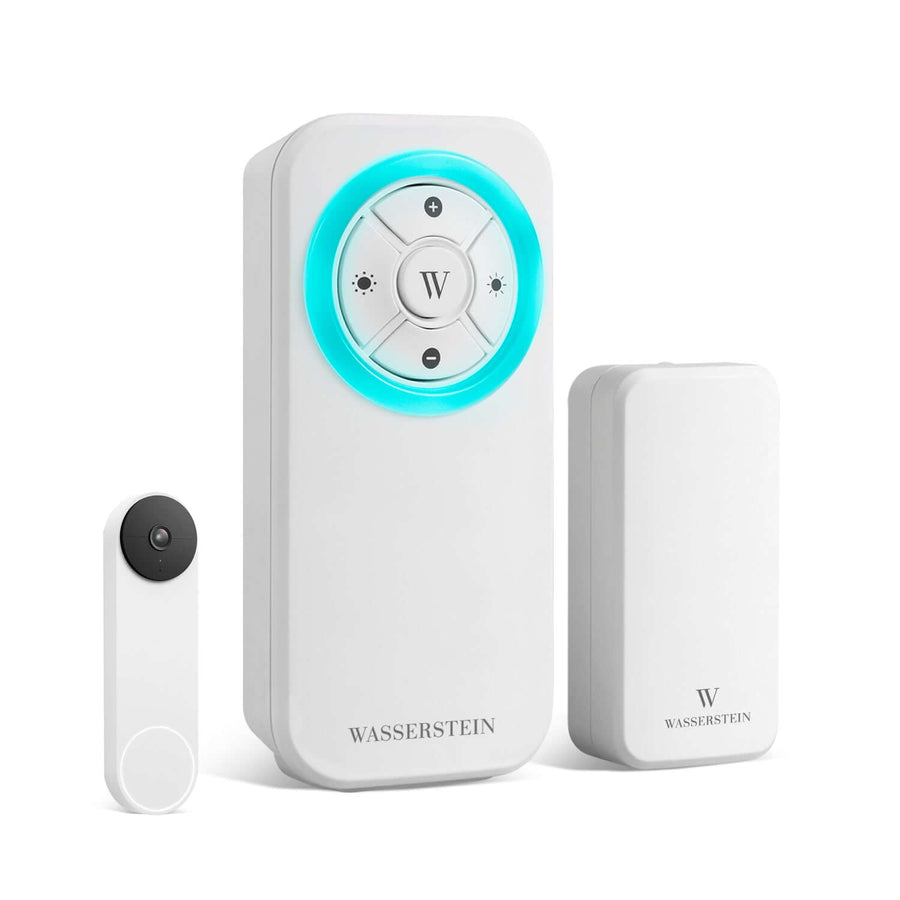What to Do If Someone Breaks Into Your House: Your Guide
Key Takeaways:
- Prepare Ahead: Install a robust security system, reinforce doors/windows, hide valuables, and practice a family emergency plan.
- Immediate Response: Stay calm, retreat to a safe room, call 911, avoid confrontation, and use alarms or barriers to delay the intruder.
- Post-Break-In Steps: Wait for police before touching anything, document damage and losses with photos, then file an insurance claim promptly.
- Boost Future Security: Upgrade cameras, lighting, and locks; add video doorbells; and maintain the appearance of occupancy to deter would-be burglars.
When someone breaks into your home, the experience can be terrifying, disorienting, and potentially life-threatening. In those critical moments, having a clear emergency plan and knowing exactly what to do can make the difference between safety and danger—for you and your family members. This comprehensive guide outlines how to prepare, react, and recover from a break-in while using modern home security tools, smart habits, and sound judgment.
Where and When Do Break-ins Occur Most?

Break-ins don’t just happen in movies. In fact, most burglaries occur in broad daylight, between 10 a.m. and 3 p.m., when homes are unoccupied. Most burglars prefer quick entry and exit, often targeting unlocked doors and windows, or poorly secured back doors and fire escapes. Without an emergency plan, families may panic, putting themselves at risk.
Burglaries happen both during the day and at night, so it’s crucial to have security measures in place at all times.
Home security systems and video surveillance are excellent deterrents, but they are only part of the solution. A thorough understanding of what to do if someone breaks into your house—and practicing this plan with your family members—is the best defense.
For more on how to identify if your home is being watched, read 16 Signs That Your House Is Marked and How to Protect It.
Before a Break-in
The best way to handle a break-in is to prepare for it before it happens. Here are some steps you can take to prepare yourself and your home:
By following these previous steps, you can help avoid direct interaction with an intruder and increase your safety.
Install a Home Security System

A robust home security system is your first line of defense. Whether you live in a house or an apartment, invest in a reliable setup that includes security cameras, an alarm system, smart speakers, and door sensors. When set up correctly, these devices can alert you and emergency services at the first sign of an attempted break-in.
Place security cameras visibly at your front door, back door, garage, and entry points. Use outdoor lighting and motion detection to deter potential burglars. Having a big dog can also serve as a strong visual and physical deterrent to potential burglars. Display warning signs indicating your property is under video surveillance.
Lock Down Your Entry Points

Ensure that all exterior doors have sturdy door frames and locking doors with deadbolts. Reinforce weak entry points like basement windows and fire escapes.
Keep windows locked—especially at night and when no one is home. Don’t forget to lock the bedroom door if it leads to a balcony or side yard.
Hide Valuables and Safeguard Documents
Keep valuables like jewelry, passports, and electronics in safes that are not easily accessible. Avoid leaving tempting items in plain view of windows.
Make digital copies of essential documents and store physical copies in a fireproof safe. Don’t overlook renters insurance or homeowners’ policies that cover theft and break-ins.
Hold a Family Meeting and Practice an Emergency Plan
Schedule a regular family meeting to go over your emergency plan. Assign roles and teach everyone:
- How to call the police using the cell phone.
- The location of the designated safe room.
- Where to meet after escaping—a meetup spot like a neighbor’s house.
- Use of a code word to silently alert others during an attempted break-in.
- The escape route through the nearest door or fire escape.
Walk through various scenarios so everyone knows how to react during a home invasion.
During a Break-In: What to Do in the Moment
When you sense someone breaks into your home, your adrenaline rush kicks in. Follow these crucial steps to prioritize your personal safety.
Stay Calm and Quiet
Panic clouds your judgment. Take deep breaths and stay calm. Use simple phrases to keep family members composed. Whisper instructions, and stay quiet to avoid alerting the intruder.
Seek Immediate Shelter
Guide everyone to the designated safe room. Lock the bedroom door or find a room with a locking door.
Use heavy furniture or a baseball bat to barricade the door handle if necessary. Stay inside until police officers arrive.
Call the Police Immediately
Use your cell phone to call the police immediately. Make sure you have important emergency phone numbers memorized or written down in case your cell phone is unavailable. Even if it’s a false alarm, it’s better to be safe. Provide as many details as possible—your location, number of intruders, and any physical or verbal threats.
Do not hang up until the dispatcher tells you it’s safe. If you can’t speak, some emergency systems allow silent alerts.
Avoid Confrontation
Avoid any interaction directly with an intruder unless it’s a last resort. Avoid confrontation, especially if they are armed or making verbal threats. Stay hidden.
If discovered, yell “I’ve called the police!” It may scare them away. Press the panic button on your alarm system or car keys if reachable.
Defend Yourself If Necessary
If confrontation is unavoidable, use self-defense tactics. Aim for vulnerable areas like the eyes, groin, or knees. Objects like lamps, chairs, or a baseball bat can help you incapacitate the intruder momentarily—enough to escape or protect family members.
⚠️ Know your local criminal justice laws regarding lethal force. Some states allow “stand your ground” protections, while others do not.
After the Break-In: Recover, Report, Rebuild
Once the situation is safe and police officers have arrived, it’s essential to transition from immediate safety to effective recovery. Your actions in the minutes and hours after the break-in are crucial for documenting the crime, supporting any criminal investigation, and beginning the restoration process for your home and peace of mind.
Taking proactive measures, such as installing new security systems or alerting neighbors, can help you feel safe in your home again.
Wait for Law Enforcement
Stay inside your safe space until police arrive and give you the all-clear. Do not attempt to clear rooms or search for intruders on your own. Avoid touching anything, including broken locks, windows, or doors, that could serve as forensic evidence. If possible, have your cell phone ready to capture anything in plain sight without disturbing the scene.
Document the Incident

After police secure the scene, begin taking photos of all visible damage, broken entry points, and any signs of forced access. Make a written or digital list of everything that appears missing or tampered with. Try to remember and report as many details as you can—such as the burglar’s location upon entry, any physical or verbal threats made, sounds you heard, or suspicious vehicles in the area. This information can be vital for the investigation and may help prevent future break-ins in your neighborhood.
Contact Your Insurance Provider
Once you have the police report in hand, reach out to your home or renters' insurance provider. Be prepared to supply all supporting documents, including photos, police reports, a list of stolen or damaged items, and any receipts or proof of purchase. Ask your insurer if they cover repairs for damage to doors, windows, or security systems, and inquire about coverage for temporary relocation if your home feels unsafe. Keep a record of your claim number and the names of all agents you speak with.
In the days that follow, continue to monitor your security system for any unusual activity and consider consulting a home security expert to assess and improve your defenses. Taking these steps not only speeds up recovery but strengthens your protection against future breaks into your home.
How do I stop break-ins in my house?
Your best defense is a layered security approach that combines smart technology, physical reinforcements, and situational awareness. To keep your home secure, it's essential to invest in effective deterrents and protection tools that make it difficult for intruders to target your space.
Upgrade Your Security System

Start by upgrading your home security system. A modern system should go beyond basic alarms and include high-definition security cameras, smart motion sensors, and real-time mobile alerts that connect directly to your phone or smart home devices. Wasserstein offers compatible accessories like anti-theft camera mounts and solar panels that ensure your cameras stay powered and secured in place—especially valuable if you’re protecting remote areas of your property.
Reinforce Doors and Windows
Next, reinforce all vulnerable entry points. All exterior doors should be equipped with deadbolts, while windows—especially those on the ground floor or basement level—should be secured with quality locks and optionally reinforced with window sensors or shatter-resistant film. For added protection, consider installing security bars.
Improve Outdoor Lighting

Effective outdoor lighting plays a critical role in home security. Use motion-activated floodlights to illuminate your front door, back door, and pathways. Keeping these areas well-lit deters potential burglars and makes your security cameras more effective. Wasserstein’s weatherproof, motion-activated floodlight accessories enhance camera visibility and work well in conjunction with most smart security systems.
Install a Video Doorbell

Installing a video doorbell is another smart move. Not only does it allow you to monitor your front door remotely, but it also acts as a powerful deterrent. Would-be intruders often avoid homes with visible surveillance. Wasserstein’s adjustable mounts for popular video doorbells ensure you capture the perfect viewing angle, while their solar chargers provide continuous power without the need for constant recharging.
Make Your Home Look Occupied
Finally, create the illusion that your home is always occupied. Use timers or smart plugs to turn on indoor lights at set times that mirror your daily routine. Avoid broadcasting vacation plans on social media, and ask a trusted neighbor to collect your mail if you’re away. Unattended packages and dark windows signal that a house is unoccupied—something most burglars look for when deciding where to strike.
🔗 Explore Wasserstein’s security accessories to elevate your protection.
FAQ
What is the first thing you do when someone breaks into your home?
Immediately call 911 and get yourself and your family to a designated safe room. Lock the door, stay quiet, and wait for emergency services to arrive.
What are the legal ways to protect myself in my house?
You may use reasonable self-defense to protect yourself. Lethal force is typically allowed only if you face an imminent threat. Laws vary by state, so check your local regulations.
How do I know if someone is trying to break into my house?
Common signs include strange noises, tampered locks, security alerts, broken windows, or seeing someone lurking near entry points through your video surveillance system.
How do you scare burglars away?
Most burglars are deterred by a visible home security system. Place your security cameras somewhere visible but not easily accessible. Another effective way to scare burglars away is by having a dog. You can also use a personal alarm or a whistle to create a loud noise that could scare off the burglar or attract attention from neighbors.
How do burglars know you aren't home?
Here are several indicators that burglars may use to determine that you are not home:
- Absence of vehicles in the driveway or garage.
- Unkempt lawn and overgrown landscaping.
- Lights that are always off.
- No signs of activity or movement inside or outside the house.
- Accumulated mail, newspapers, or packages on the doorstep or mailbox.
To improve your home security setup, check out Wasserstein's collection of mounts, solar panels, floodlights, and more!








Leave a comment